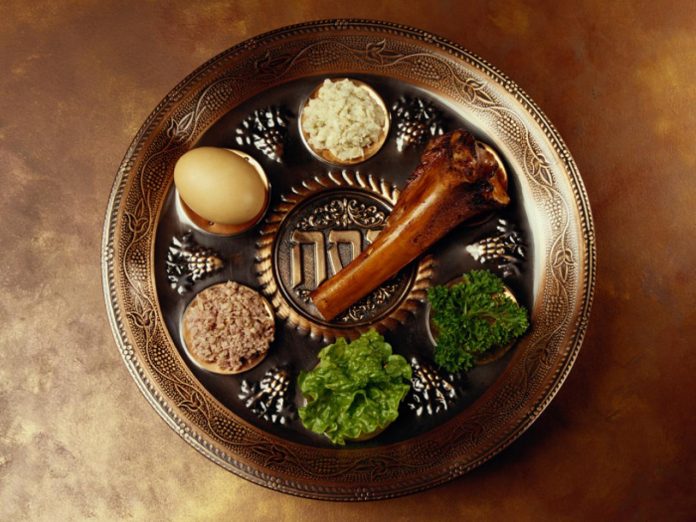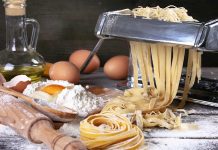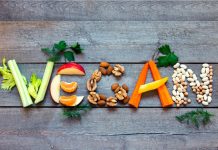Whether you keep kosher all year or not, keeping kosher during Passover can be confusing as things you can normally eat are now off limits.
Normally “kosher” means that Jewish dietary laws are being followed. For example, Jewish dietary law allows cud chewing, cloven hooved animals (such as cows and sheep) to be eaten. Pigs and rabbits do not meet both requirements, so they are not considered kosher.
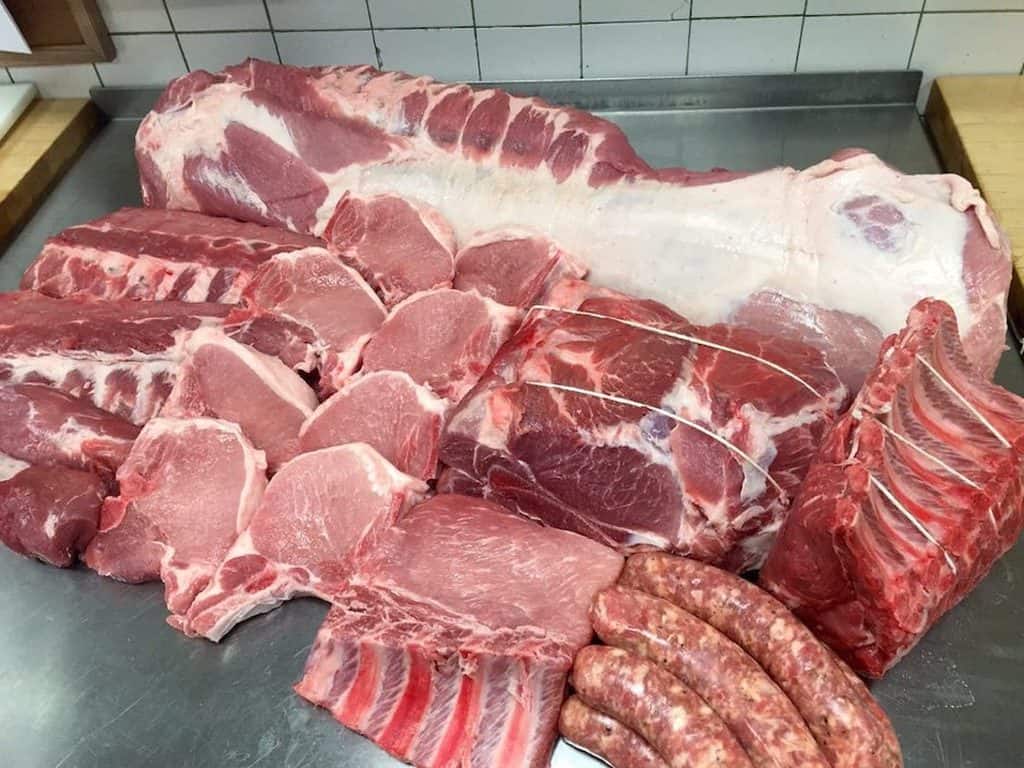
Seafood must have fins and removable scales, therefore shellfish is not kosher. Additionally, for food to be considered kosher it must be slaughtered or prepared according to kosher rules. Food processing must be done in the presence of a rabbi.
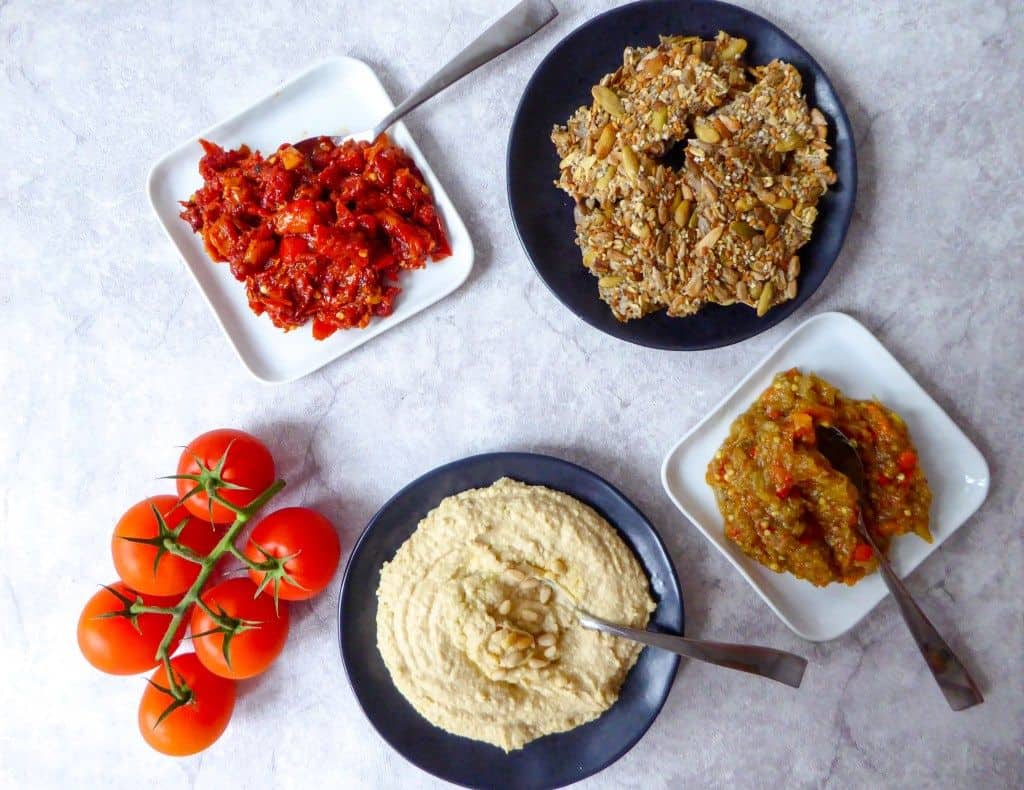
Animals must be slaughtered and bled only by those trained and qualified to do so and following strict guidelines. Many other rules exist making keeping kosher a complex, if not complicated, way of life.
How is kosher for Passover different from keeping kosher daily?
Kosher for Passover, in addition to adhering to Jewish dietary laws, forbids Jews to eat or possess chametz during the holiday.
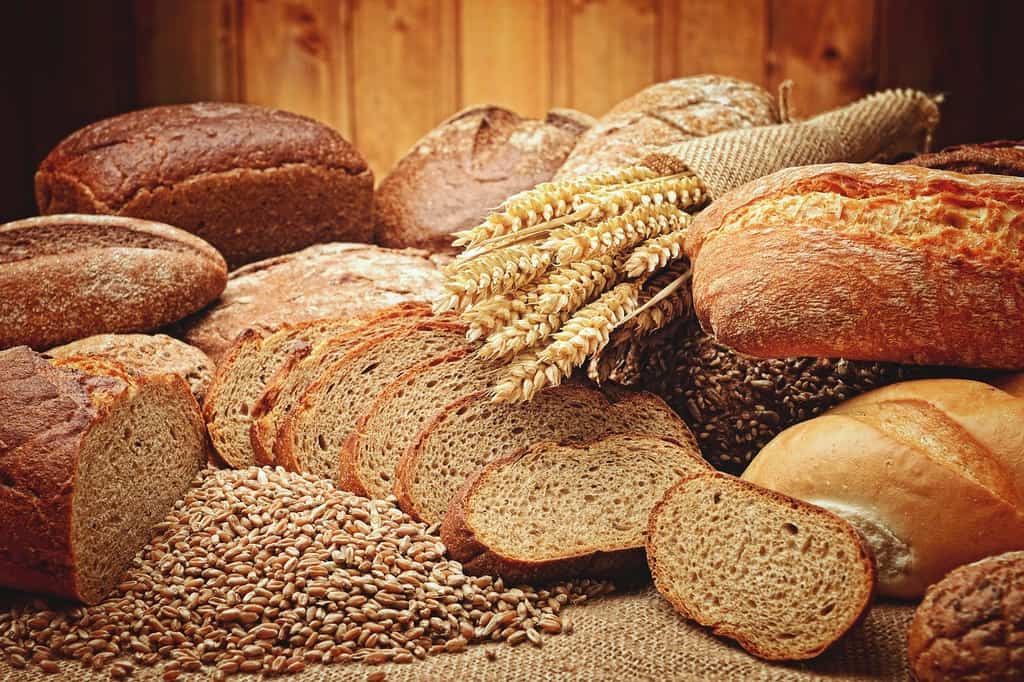
Chametz are bread, grains, or leavened products that may not be consumed during Passover. Any food that has been allowed to “rise” is not allowed. This includes cereal, cookies, cakes, bagels obviously, but also things that have been fermented like beer, whiskey, and malt vinegar.
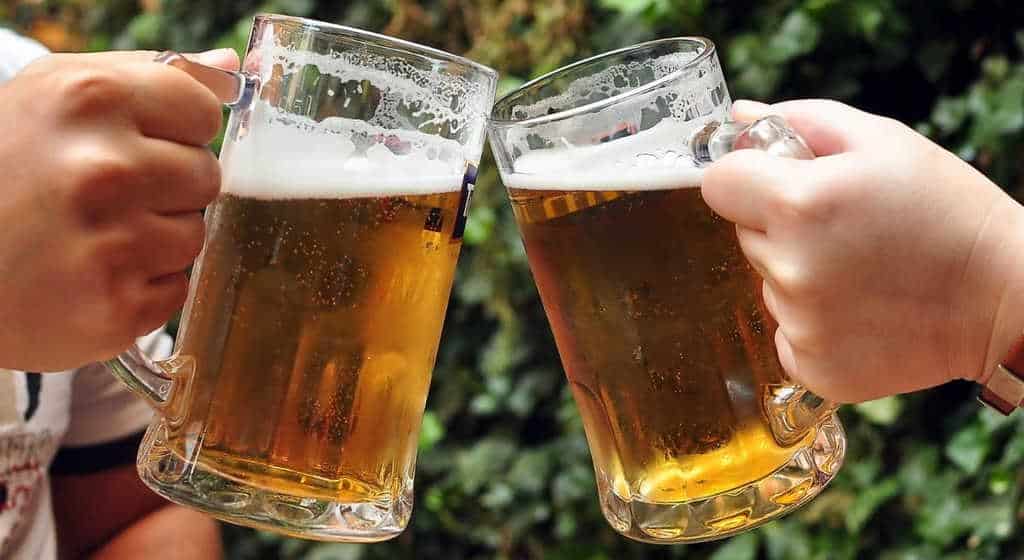
In addition to refraining from eating or possessing chametz, Ashkenazi Jews also avoid kitniyot on Passover. Kitniyot, which translated means “little things”, are foods other than the traditional grains that are also considered forbidden on Passover.
These foods may differ among communities but usually include peas, corn, rice, lentils, beans, and often peanuts. Avoidance of kitniyot is not practiced by Sephardic Jews.
Why are we allowed to eat matzo?
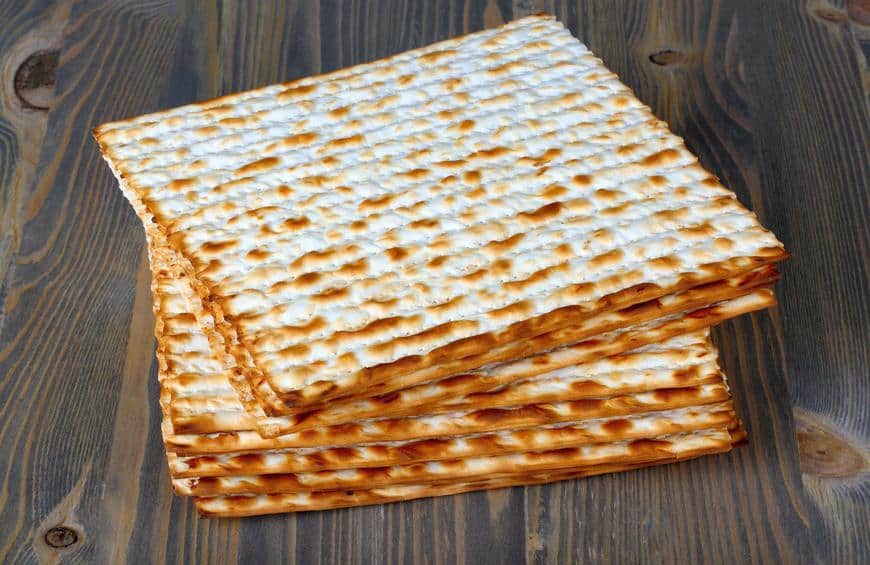
The rules regarding what makes food “leavened” are specific, and apply to grains (wheat, barley, rye, oats, spelt) that become wet and are allowed to rise. Although matzo is made from flour and water, it is pricked in several places and prevented from rising during preparation and baking.
During the matzo making process, no more than 18 minutes is allowed to pass from the time water is added to the flour and the matzo comes out of the oven, making the process a very fast one.
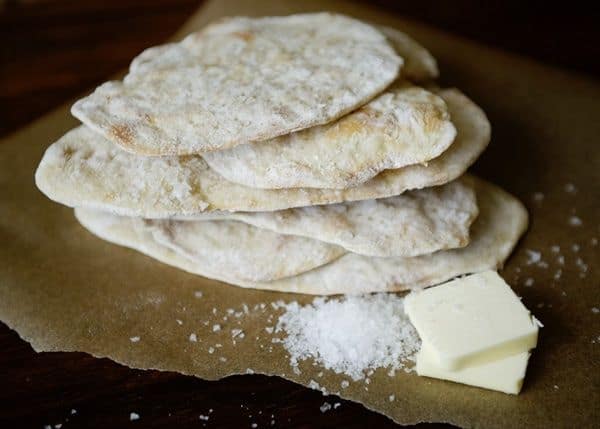
Not only are Jews allowed to eat matzo, they are commanded to do so in the Torah. Matzo, also known as the “bread of affliction”, is a reminder of how quickly the Jewish people needed to leave Egypt during the Exodus, having not even enough time to allow their dough to rise.
Eating matzo during Passover is considered a “mitzvah” (considered by some to mean a “good deed” but really meaning “commandment”), and is both part of the Passover seder and to be eaten throughout the holiday.


